Premature birth is a major problem, affecting more than 1 in 10 babies globally. Currently, infants born between 28 and 37 weeks are housed within neonatal intensive care units (NICUs), supporting their cardiorespiratory function and development to full term. This solution, however, yields severe health complications for infants born extremely premature, i.e. <28 weeks, as their organs lack the maturity to undergo the complex physiologic transition to extra-uterine life.
The Development of the Artificial Womb is a “Moonshot project” that aims to improve the healthcare for extremely preterm by mimicking the mother’s womb. There are, as part of their project developing 3D printed manikins that can mimic the behaviour of the preterm baby. These Manikins are connected to our “digital twin” deep learning decision support system. The manikin connected to the digital twin can support medical personnel in decision making and allows us to test and train medical personnel the same way NASA prepares for a launch. Simulations are a commonly used technique for space exploration missions. Their mission is comparably challenging, and there is a need to minimize risk as much as possible by providing advanced training and simulation methods. We also aim to limit as much as possible the use of animal testing.
Frans van de Vosse leads the research group Cardiovascular Biomechanics at the department of Biomedical Engineering. Research at the Cardiovascular Biomechanics group is directed along the topics Blood in Motion, Heart at Work, and Vessels under Stress. The common denominators are the development of computational models, experimental techniques and medical devices, for clinical diagnosis, decision support, and intervention. Furthermore Frans is leading research projects that strive to develop an Artificial womb, where his focus is on creating a “digital twin” model that can be used to advice doctors in decision making.
Missed this edition? Don’t worry, rewatch it here:

